The origin of the proofs known as "Goodall Proofs" is not known for certain, There is
philatelics folklore that contends that James Goodall, the president of the American Bank Note Company,
from 1874 to 1887 was responsible for this material. There is a legend that he had a small hand
printing press in his office and would print up a set of proofs for visitors.
The Newfoundland, Nova Scotia, New Brunswick, 1859, and Revenue proofs would seem to support this theory.
A second theory is that these proofs came from another of the many salesman sample albums
that were produced by the ANB Co. James Lee has reported that he once saw such an album missing the USA material.
The USA "Goodall Proofs" are consistent in color and are without imprint and die number.
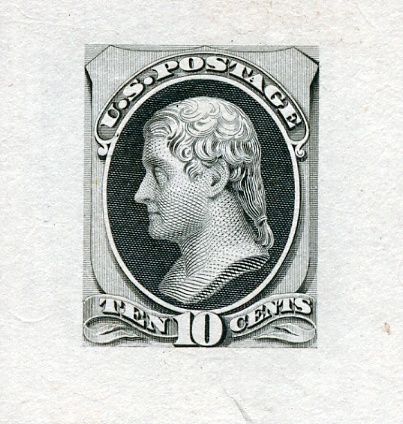
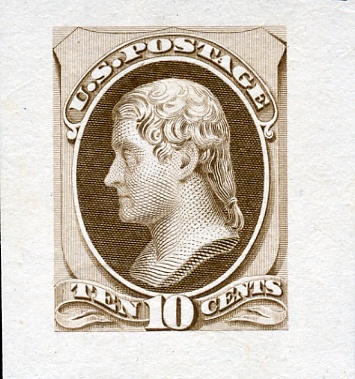
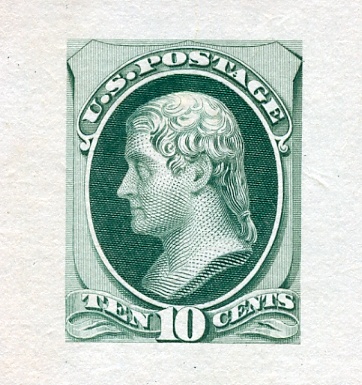
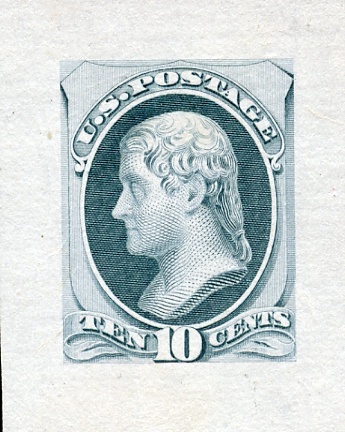
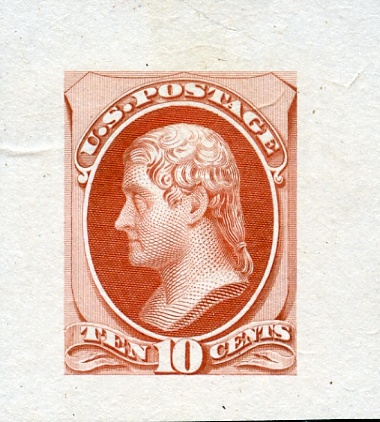
Goodall Proofs of Newfoundland 32A printed in Brown,Blue,Green,Orange on wove paper

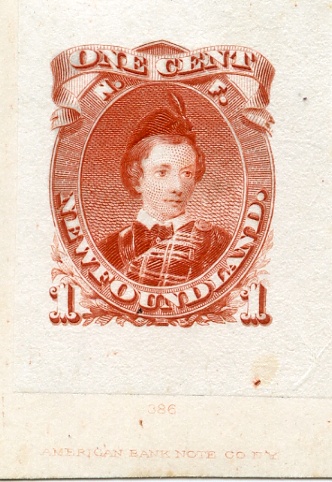
Goodall proofs of Second Bill Issue FB18 in Grey,Blue, and Orange.
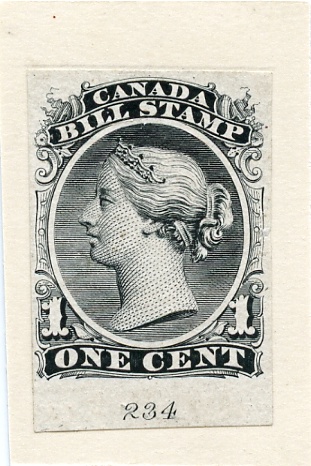
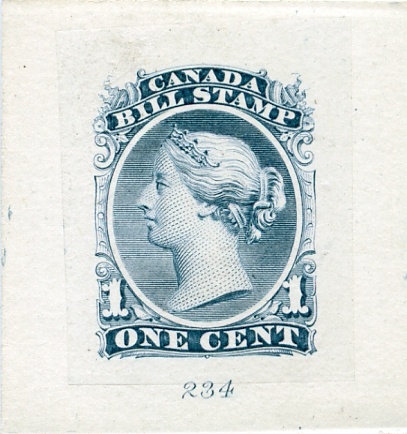
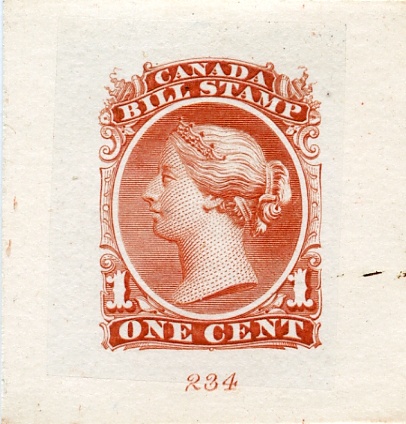
Goodall proofs of the Nova Scotaia cents
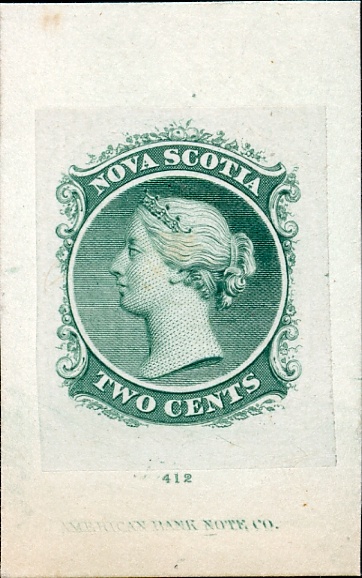
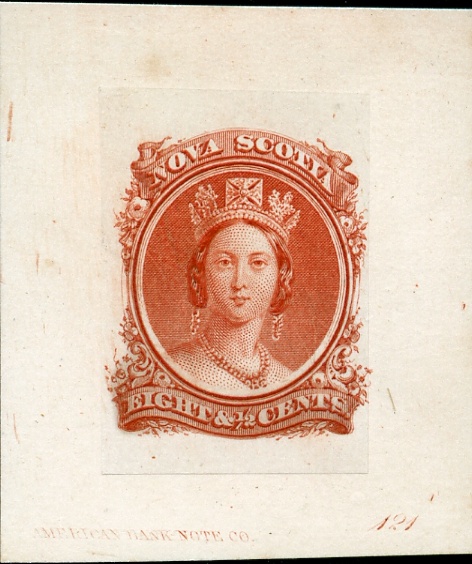
Goodall proofs of the New Brunswick cents
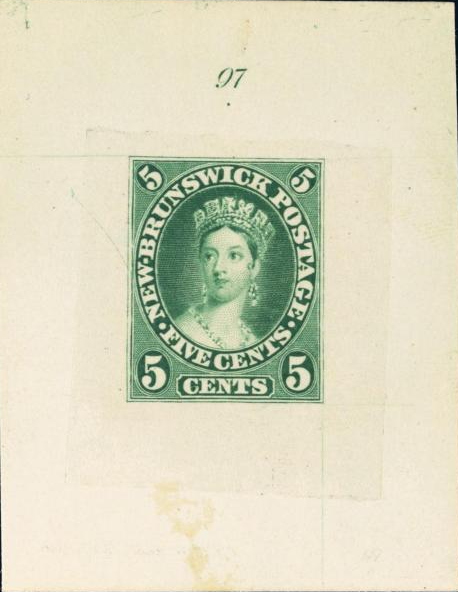
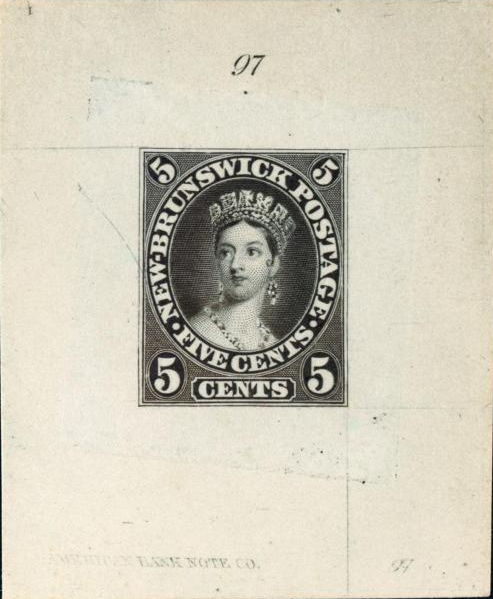
Goodall proofs of the first cents or 1859 issue of Canada
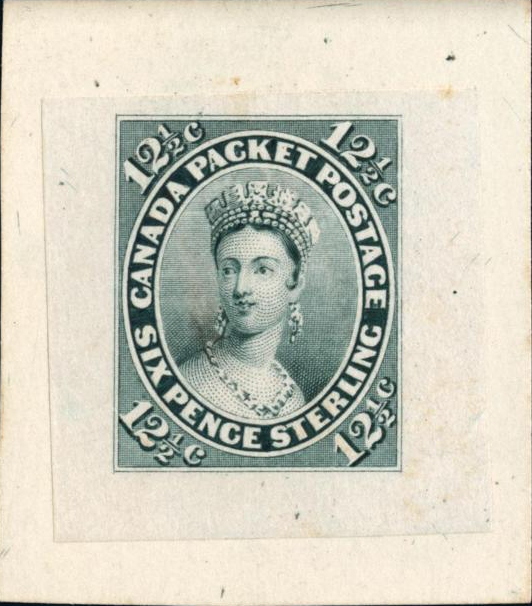
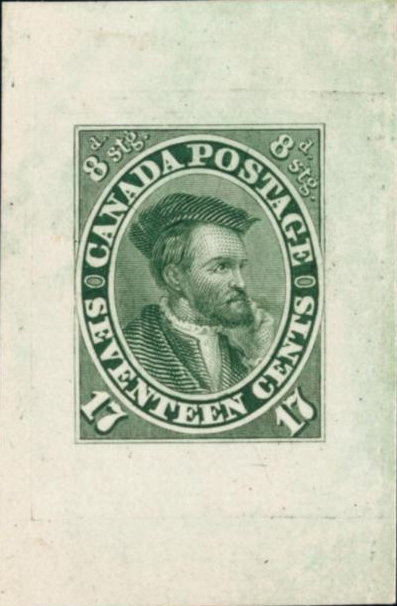
The Newfoundland, Nova Scotia, New Brunswick, and Revenue proofs are printed in a manor that is
inconsistent with the normal practise.
Normally, the proof would be printed on India paper in order to obtain the best
possible reproduction. The India paper would then be glued to card backing. In the 19th Century
the India paper would be cut down to size before mounting on card backing. In the 20th Century
The India paper was normally trimmed after it was mounted on the card. In either case the
proof was regular in shape and the imprint and die number were printed on the India paper.
The above examples are totslly different. They are not printed on India paper but are on
woven paper. They have been cut out in an irregular manner and since parts of the imprint
are on the wove paper and parts are on the card backing, it is clear that the wove paper
was mounted on the card backing prior to the printing process. These proofs are clearly
'different' and thus only proofs that are similar to this will be referred to as "Goodalls".